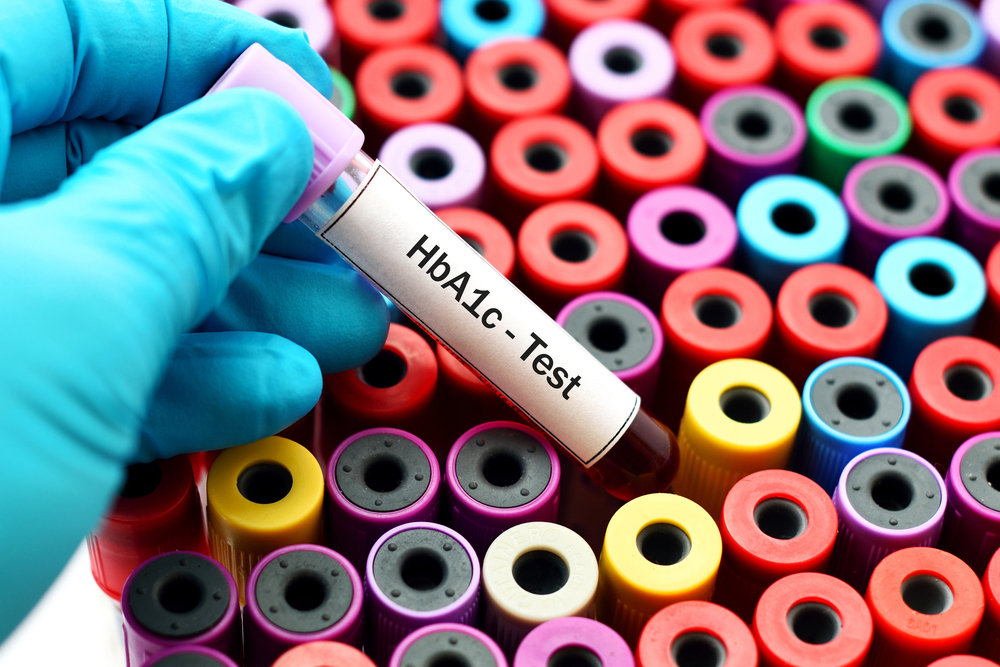Symptoms of Diabetes in Children

Diabetes in children (formally known as paediatric diabetes) is a chronic medical condition where the pancreas isn’t able to produce enough insulin or the body cannot use the insulin it makes effectively.
This results in elevated levels of glucose in the blood. The two main categories of diabetes are Type 1 and Type 2 diabetes. Type 1 diabetes, often diagnosed in children and adolescents, necessitates lifelong insulin therapy.
Childhood diabetes type 2, increasingly observed in children, is often related to obesity and inactivity. Early diabetes tests and management are crucial for preventing complications and maintaining the health and well-being of affected children. This article discusses everything about diabetes in children.
What are the causes of diabetes in children?
The type of diabetes differentiates the causes of diabetes in children.
Type 1 diabetes:
- Autoimmune Condition: The body’s immune system mistakenly starts attacking and destroying insulin-producing cells in the pancreas.
- Unknown Exact Cause: Believed to involve genetic tendency and environmental factors.
Type 2 Diabetes (Less Common in Children):
- Obesity: Childhood obesity and type 2 diabetes are highly probable together.
- Family History of Diabetes: Genetic factors play a role.
- Physical Inactivity: Contributes to the onset of the condition.
- Insulin Resistance: The body’s inability to use insulin effectively.
- Diet and Lifestyle: Crucial factors in developing Type 2 diabetes in children.
What are the symptoms of childhood diabetes?
To identify Childhood diabetes type 2, NHS (National Health Service) suggests monitoring the following signs:
- Increased Thirst and Urination: Excess sugar in the blood leads to frequent urination and subsequent dehydration, causing increased thirst.
- Extreme Hunger: Despite eating, children might feel constantly hungry due to the body’s inability to process sugar for energy. It is one of the main symptoms of juvenile diabetes type 2.
- Unexplained Weight Loss: The body starts burning fat and muscle to generate energy, leading to weight loss, particularly noticeable in Type 1 diabetes.
- Fatigue and Irritability: Lack of sugar in cells can cause significant tiredness and mood changes in children.
- Blurred Vision: Childhood diabetes type 2 symptoms include blurred vision. High glucose levels can draw fluid from the eyes’ lenses, affecting vision.
- Acanthosis Nigricans (Type 2): Darkened areas of skin, especially in the neck and armpits, indicate insulin resistance and are the signs of juvenile diabetes type 2.
- Recurrent or Severe Infections: High blood sugar impairs the body’s healing and resistance to infections, leading to frequent illnesses.
- Slow-Healing Sores: Wounds heal slowly due to impaired blood circulation and high blood sugar levels.
- Diabetic Ketoacidosis (advanced cases): A critical condition characterised by nausea, vomiting, abdominal pain, and rapid breathing, indicating severe insulin deficiency.
The childhood diabetes symptoms for type 2 may vary significantly with Type 1.
How to diagnose childhood diabetes?
Early recognition through diabetes tests and medical intervention is vital in managing childhood diabetes and preventing long-term complications. The process of diagnosing childhood diabetes includes the following:
Clinical Evaluation:
- Detailed Medical History: Assessing past health issues and symptoms.
- Physical Examination: Conducting a thorough physical check-up.
Diagnostic Tests:
- Fasting Blood Sugar Test: Measures blood glucose after an overnight fast.
- Random Blood Sugar Test: Assesses glucose levels at any time.
- Haemoglobin A1c Test: Indicates average blood glucose levels over the past two to three months.
- Oral Glucose Tolerance Test (In Some Cases): Evaluates blood sugar levels before and after consuming a sweet drink.
Accurate and early diagnosis through diabetes tests is essential for effective diabetes management in children.
How to manage childhood diabetes?
Prevention of type 2 diabetes in childhood requires a comprehensive approach. This includes:
- Regular Diabetes Test: Keeping track of blood sugar levels to ensure they stay within the target range.
- Balanced Diet: Tailoring meals to meet the child’s nutritional needs and aligning food intake with insulin regimens.
- Physical Activity: Encouraging exercise to help control blood sugar levels and promote overall health.
- Education: Teaching children and their caregivers about effective diabetes management.
- Regular Medical Check-Ups: Monitoring the child’s condition and adjusting treatments as required.
- Emotional Support: Providing psychological support to help children cope with their condition.
To determine if a child has diabetes, individuals must consult their doctor and book a Glucose Fasting Diabetes Test.
FAQs
1. Why Does a Child Develop Diabetes?
The precise cause of type 2 diabetes in childhood and adolescence remains unclear. However, it is evident that genetics and family history significantly contribute to its development. It is well established that children with type 2 diabetes have difficulty processing sugar (glucose) effectively. The majority of this sugar is derived from dietary sources.
2. How Do You Know If a Child Has Diabetes?
To identify Type 2 diabetes in childhood, obesity is generally considered a sign. Doctors employ a diabetes test to assess the sugar (glucose) level in the bloodstream. Elevated blood sugar levels indicate signs of childhood diabetes type 2. Following this initial diagnosis, additional blood tests are conducted to determine the specific diabetes type.














